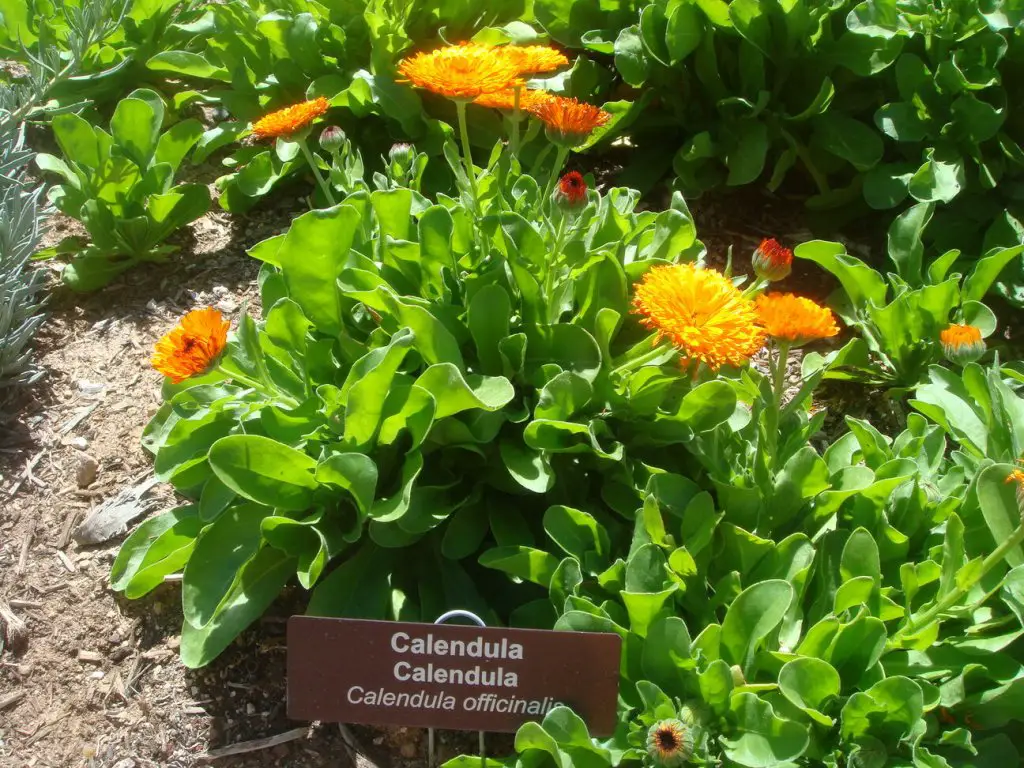Tagetes tenuifolia, or signet marigolds, are a brightly colored annual flower. Known for its lemony scent, it can be used as an ornamental flower, edible plant, and medicine. These flowers are common in gardens throughout the United States, where they can be purchased at nurseries or grown from seed.
Tagetes tenuifolia is a low-maintenance flower that grows best in USDA Hardiness Zones 2-11. Its uses include being a companion plant in flower and vegetable gardens, as well as decor for hanging baskets, pots, and indoor vases.
As a double benefit, these marigolds also have edible and medicinal value.
Tagetes tenuifolia plant profile
Tagetes tenuifolia is a type of marigold known for its stunning colors, lemony scent, and citrusy flavor.
What Are You Foraging For Right Now?
We're thrilled to hear your ideas. What would you like to submit today? Feel free to share your thoughts and experiences with us.
Other common names include:
- lemon marigold
- striped Mexican marigold
- lemon gem
- orange gem
Both the petals and leaves emit a lemony aroma that can linger for hours when pressed between your fingers.
The plant is compact with clusters of small, single-layered flowers which bloom from early summer until frost. Depending on the variety, the flowers vary in color from yellow, orange, red, or crimson and grow 12-20 inches high.
Signet marigolds are used as companion plants in gardens and do well with tomatoes and peppers. If used in flower beds, plant with dahlias, alyssum, or petunias.
Tagetes tenuifolia is an excellent choice for window boxes, hanging baskets, or as an addition to your herb garden.
These marigolds also attract pollinators such as bees, birds, and butterflies while resistant to deer and rabbits.

What is the difference between marigold and Tagetes?
The signet marigold belongs to the genus Tagetes, of which there is a huge cultivar selection with over 25 varieties.
Some of these include more well-known varieties, such as the French marigold (Tagetes patula), African marigold (Tagetes erecta), and the common pot marigold (Calendula officinalis).
Calendula Vs. signet Marigold
Signet marigolds can be confused with calendulas, which also have edible and medicinal properties.
They come from the same family, Asteraceae, but calendula belongs to the Calendula genus, while signet marigolds belong to the Tagetes genus.

Can you eat Tagetes tenuifolia?
The flowers and leaves of Tagetes tenuifolia are edible. The scent is lemony and the flavor citrusy, with a hint of spice.
The white or pale green parts of the petal should be trimmed off, as they tend to have a bitter flavor.
Do the same when choosing petals and leaves for eating: pick young, smaller ones as they as less bitter.
Is it poisonous to humans or pets in any way?
Tagetes tenuifolia is not poisonous to humans. Pets may experience some irritation to the stomach if they ingest large amounts, but it is not deadly.
Yet not all marigolds are edible, so be certain you have an edible variety, such as the signet marigold.
What are Signet Marigolds good for?
Marigolds have many medicinal uses and health benefits. They have been widely used in Aztec, Mexican, and Native American cultures and also in eastern Ayurvedic medicine.
The flowers and leaves can be crushed, powdered, used fresh, added as an infusion to juices, or made into a paste or ointment.
Marigolds have antioxidant properties, high levels of Vitamin C, and anti-inflammatory benefits.
They can be beneficial in helping with:
- cancer
- ulcers
- arthritis
- cardiovascular disease
- vaginal infections
- eczema
- allergies
- digestion
- warts
- eye diseases
- hemorrhoids
- ear infections
- the healing of wounds
How to cook with signet marigold
With their citrusy, slightly spicy tang, signet marigolds can be added to salads, soups, stews, braises, eggs, or rice. They can be used in tea or other beverages. Sometimes called the “poor man’s saffron,” it can be a substitute for the pricier spice.
Other recommendations include adding to a cucumber and tomato salad, on top of avocado toast or to roast chicken for a hint of lemon.
Where can you find signet marigold in nature?
While difficult to forage for signet marigolds in nature unless you live in Central America, they can be easily grown in your yard, garden, or even kitchen.
How do you grow Tagetes Tenuifolia?
Tagetes tenuifolia can be grown from seed or by purchasing a starter plant at a local nursery.
They are known for fast germination, usually sprouting within 7 days of being planted. Flowers appear around 60 days.
If growing from seed indoors, start 6-8 weeks before your last frost date. You can purchase a starter kit or reuse containers from previous purchases.
Plant two seeds per section 1/4 inch deep, moisten soil, cover, and place under grow lights or full sun by a window until germination occurs. Then remove the cover and inspect the plants. If two grow in one section, the thin one is the weakest.
Two weeks after your last frost date, move seedlings outdoors to acclimate for one week. They are then ready to be transplanted.
If starting outdoors from seed or transplanting from a starter plant, be sure you are two weeks past your last frost date. Plant directly into the soil, spacing seeds or plants 2-3 inches apart.
Tagetes tenuifolia prefers full sun and does good in all types of soil provided it’s fertile, moist, and drains well.
The flowers don’t like extra rich, fertile soil, which causes them to become droopy and stop blooming.
Signet marigolds are resistant to most diseases and insects, although they may be susceptible to botrytis, slugs, and snails.
Pinching off dead blossoms or deadheading encourages continuous blooming.

Can you save the seeds of Signet Marigolds?
If you want to save the seeds of your signet marigolds for the following year, wait until the flowers have dried and the base (or seed pod) is browning.
Then, carefully cut the dried flower from the stem and remove the dried petals from the seed pod, where you should be able to see the seeds. They are white on one end and dark brown/black on the other end. Some seeds may come off with the petals, which is fine.
Once you have collected them, dry out for about a week, then store in a cool, dry place. You can use an envelope or glass jar with a silica pack or purchase a seed-saving kit.
How to preserve Signet Marigold flowers
The petals of signet marigolds can also be preserved for up to a year. Once you carefully remove them from the base of the flower, arrange between two pieces of paper, then cardboard or another thicker material, and stack something heavy on top.
They usually dry within 2-3 weeks. You can also hang them upside down by the stems in a bundle and allow to air dry for 2-4 weeks.
Once your signet marigold petals are dry, they may now be used for either cooking or medicinal purposes. If saving, keep in an air-sealed bag in a cool, dry place.
Rachel Schmeltzer is a writer, mom, teacher, and dreamer. She enjoys reading, traveling, history, spending time with her boys and her cats, and foraging in the woods of Minnesota.

